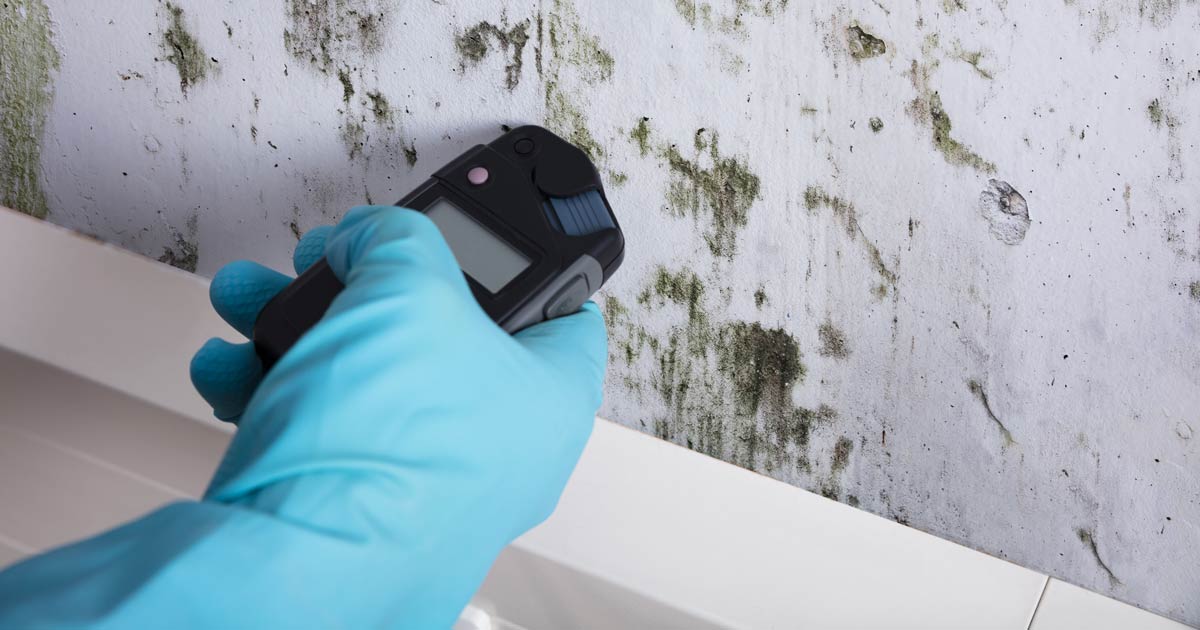Your Ultimate Guide to Article Mold Removal Techniques
In the after-effects of mold infestation, knowing just how to efficiently eradicate the mold and mildew and avoid its reoccurrence is critical for keeping a healthy and balanced indoor environment. From selecting the best cleaning and disinfecting techniques to carrying out techniques for lasting mold and mildew avoidance, each action in the remediation trip plays a critical role in making sure a successful end result.
Recognizing Post-Mold Removal Process
After finishing the mold and mildew removal procedure, it is vital to understand the post-mold remediation techniques that are required to ensure a thorough and effective cleaning. As soon as the mold and mildew has been gotten rid of, the following step includes cleansing and disinfecting the influenced areas to avoid any type of regrowth of mold and mildew. This includes making use of specialized cleaning up representatives to wipe down surfaces and eliminate any remaining mold and mildew spores. It is important to dry out the location totally to dissuade the development of mold and mildew in the future (Post Mold remediation cleaning). Appropriate ventilation and dehumidification can aid in this process.
Moreover, conducting a final assessment post-remediation is important to make certain that all mold has actually been effectively gotten rid of. This evaluation ought to involve a detailed visual check in addition to potentially air sampling to confirm the lack of mold spores airborne. Additional remediation may be essential if the inspection exposes any kind of sticking around mold and mildew. Informing passengers on preventative procedures such as managing wetness degrees and immediately dealing with any kind of water leakages can assist preserve a mold-free setting.
Reliable Cleaning Up and Sanitizing Approaches

Avoiding Future Mold And Mildew Development

Relevance of Appropriate Air Flow
Proper air flow plays a vital role in stopping moisture build-up, an essential consider mold and mildew development within indoor settings. Effective ventilation systems assist get rid of excess humidity from the air, lowering the chances of mold spores locating the moisture they require to sprout and spread. Without appropriate ventilation, interior spaces can end up being a breeding place for mold, resulting in possible health dangers and structural damage.
By ensuring appropriate air blood circulation, air flow systems can also aid in drying damp areas quicker after water damage or flooding cases, further discouraging mold development. Post Remediation verification. Precede like bathrooms, attics, kitchens, and cellars where dampness degrees have a tendency to be higher, mounting and keeping reliable air flow systems is critical in stopping mold and mildew invasions

Monitoring and Maintenance Tips
Provided the vital duty that proper ventilation plays in stopping mold and mildew growth, it is imperative to establish efficient surveillance and upkeep ideas to make certain the ongoing functionality of ventilation systems. Normal evaluations of ventilation systems ought to be conducted to look for any kind of signs of blockages, leakages, or breakdowns that can impede appropriate airflow. Monitoring humidity degrees within the residential or commercial property is likewise important, as high humidity can add to mold growth. Setting up a hygrometer can help track moisture degrees and sharp homeowners to any spikes that might need interest. In addition, making certain that air filters are regularly cleansed get redirected here or replaced is important for keeping the effectiveness of the air flow system. Executing a routine for routine maintenance jobs, such as duct cleaning and HVAC system assessments, can assist prevent concerns before they intensify. By helpful hints remaining proactive and conscientious to the condition of air flow systems, homeowner can efficiently mitigate the threat of mold and mildew regrowth and maintain a healthy and balanced indoor atmosphere.
Verdict
To conclude, post-mold remediation methods are crucial for guaranteeing a risk-free and clean atmosphere. Comprehending the procedure, carrying out reliable cleansing and decontaminating approaches, avoiding future mold growth, maintaining proper air flow, and normal surveillance are all critical action in the removal process. By complying with these guidelines, you can successfully eliminate mold and mildew and prevent its return, promoting a healthy living or functioning room for all occupants.
In the aftermath of mold and mildew problem, knowing how to effectively eradicate the mold and mildew and stop its reoccurrence is paramount for keeping a healthy indoor setting. Once the mold has actually been eliminated, the next action entails cleansing and sanitizing the affected locations to avoid any kind of regrowth of mold - what to do after mold remediation. After eliminating visible mold development, it is important to cleanse all surfaces in the damaged area to remove any type of remaining mold spores. To better boost mold avoidance steps, it is essential to attend to underlying problems that initially led to mold growth.Given the important mold removal on concrete duty that proper air flow plays in avoiding mold growth, it is necessary to establish efficient surveillance and upkeep pointers to guarantee the ongoing capability of air flow systems
Comments on “Reliable Post Mold Remediation Cleaning Protocols”